Apraxia Series: Speech Therapy Considerations Explained
If your child has been diagnosed with Childhood Apraxia of Speech (CAS), you may have questions about speech therapy.
What does speech therapy look like for a child with Childhood Apraxia of Speech (CAS)?
How can I help make speech therapy successful for my child with Childhood Apraxia of Speech (CAS)?
This article will review the essential factors (such as frequency and building confidence) needed for successful speech therapy sessions. I’ll also throw in a brilliant tried-and-true tip I got from a parent last week that’ll make your home practice run more smoothly.
If you are just joining us, please visit our Apraxia Series: Apraxia 101 article, which will give you more information about this series and about Childhood Apraxia of Speech (CAS).
Parents: Considerations for Sucessful Speech Therapy for Children with CAS
1 | Frequency
Firstly, your child may need frequent speech therapy. Some experts recommend 3-5 thirty-minute speech therapy sessions per week. In addition, experts recommend three ten-minute home practice times per day. Since this schedule is intense, please make sure it is recommended by a speech language pathologist before trying this. Because CAS is a motor planning disorder, frequent practice is needed to establish a new motor pattern.
2 | Building Confidence
We may alternate easier and harder tasks, because we want to build your child’s confidence. Have you ever tried to do something really difficult for a long block of time? It can get exhausting! This method allows children to review old skills (and feel successful) while building new skills (without feeling too frustrated!).
3 | Cues
There are lots of cues we can give for children learning speech sounds. Some cues are: visual models, verbal models, and touch cues. I may model how to produce a speech sound using a hand cue. If you are curious about what this may look like, check out this video.
There are many different ways of doing hand cues for sounds. Ultimately, as long as the cues you use are consistent, I haven’t found any particular hand cues more effective than others. Some hand cues I use are my thumb and index finger tapping one another for the /p/ sound. Another cueis a flat (vertical) hand under my the back of my chin (where my neck begins) for the /k/ sound. These sounds give a visual representation for the sound and act as a cue to help with speech sound production.
4 | Keep the Faith
As we start to work on phrases and sentences, tasks will get harder. One of the defining characteristics of CAS is that repeating longer phrases and sentences is more difficult. Progress may seem quicker at the word level, and slower at the phrase or sentence level. Most importantly, don’t get discouranged, improvement comes from consistent practice.
5 | Choose functional and meaningful targets
We may work on functional words. This means choosing words to practice that your child frequently says at home. Some examples of frequent words could be a child’s favorite snack, movie character, or the names of family members.
Imagine a child is five years old. When meeting new people, and asked how old he is, he says “bib.” Due to the importance of this word, we’d work on a functional word (the child’s age), even if we weren’t working on the /f/ sound specifically.
As a parent, you are a speech language pathologist’s best resource for words your child frequently says. Please share common words your child uses so we can work on them in speech.
6 | Consistency
There will be many repetitions of target words. Remember earlier when I mentioned CAS is a motor planning disorder? The only way to make those brain to mouth connections to produce speech sounds the “new way” is lots of repetition and practice in words, phrases and sentences. The more practice, the more automatic it’ll get. So, get ready to work hard in speech!
Making Sense of the Key Considerations
In conclusion, speech therapy for a child with CAS will need to be frequent. Because CAS is a motor planning disorder, there will be many, many repetitions of functional and meaningful targets. Speech therapy should provide just enough challenge for your child while also building his or her confidence by alternating harder and easier tasks. Your child’s speech language pathologist may use a variety of cues (including hand cues), depending on what types of cues help your child the most. Keep the faith and keep speech therapy and home practice consistent, and you will see results.
Home Practice Considerations
A brilliant strategy a parent shared with me a few weeks ago:
Choose one word.
Instead of overwhelming your child at home, choose a word you will work on saying correctly. When that word comes up, practice saying it together. Try this one word strategy until saying that word becomes easier. This strategy works because it is a way to take a bite-sized, manageable task for a child to complete at home.
Frequently Asked Question
Parents often ask: Will it get better?
The answer I give when parents of young children come into my clinic and ask this question is a resounding YES.
Your child’s speech will improve with age. Your child’s speech will improve with consistent speech therapy.
Again, it’s easy to get overwhelmed because often children with CAS have many errors. Start with one or two speech sound targets. Ask for help from your speech language pathologist. Most importantly, stay the course.
If you live in Ashland, Oregon (or the surrounding area) and have a child with Childhood Apraxia of Speech or other speech sound challenges, feel free to contact me for more information.






